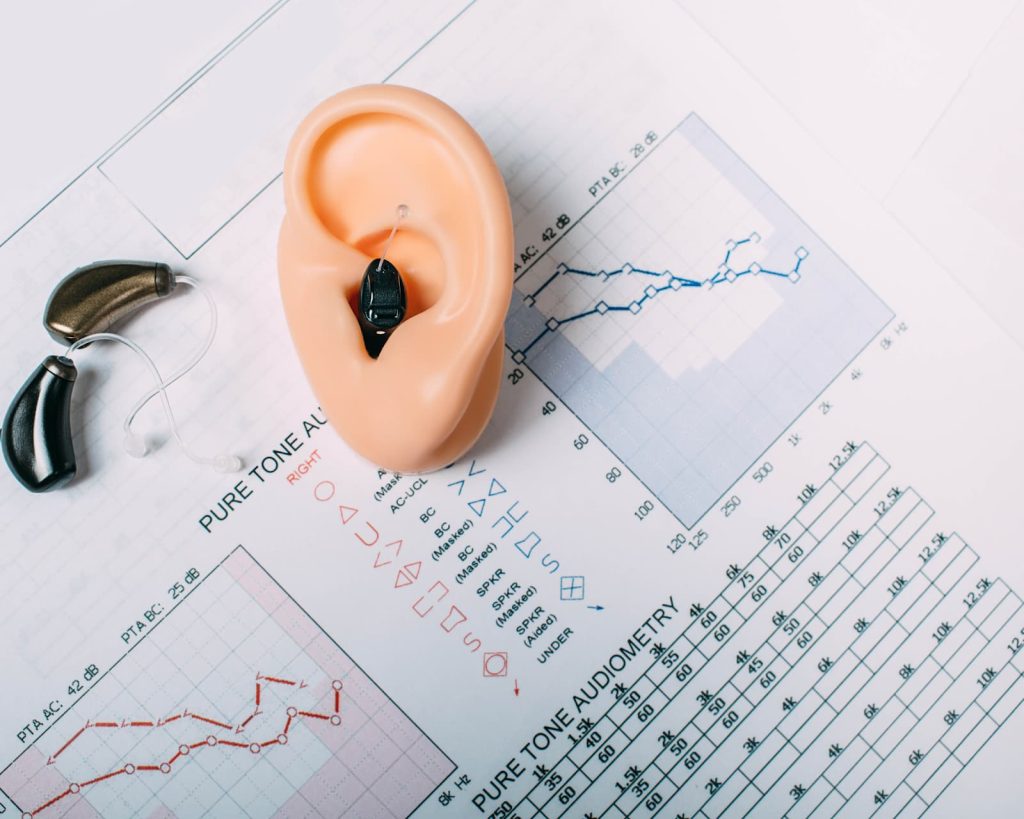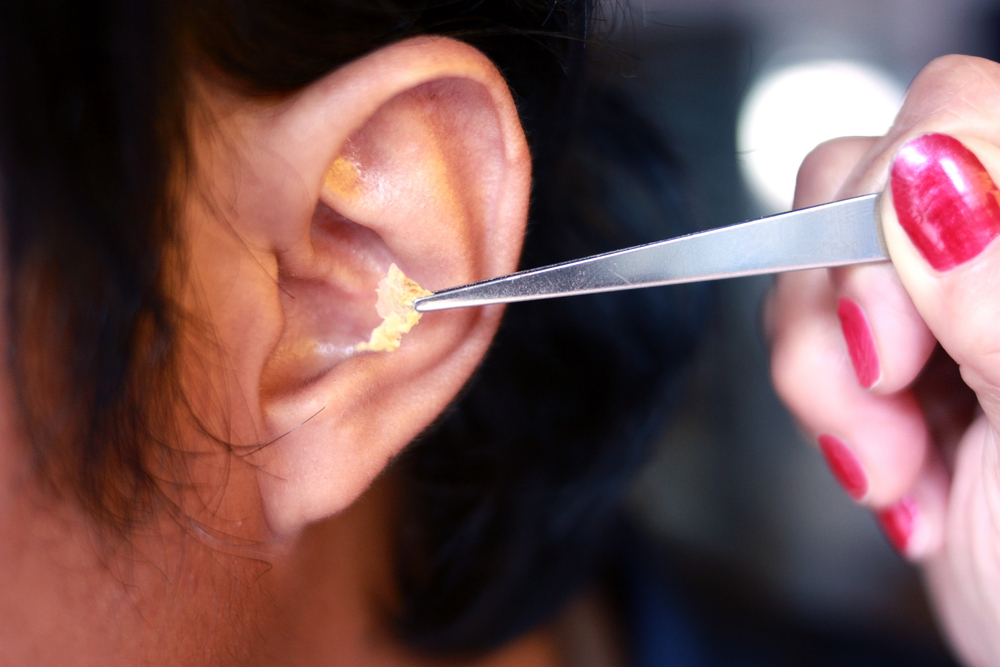Earwax, scientifically referred to as cerumen, is an intriguing yet widely misunderstood substance that is vital to the health of our ears. While it can make some people cringe and spark fascination in others, there are a few key details that everybody needs to know in order to sustain optimal ear health. In our blog ‘Unlocking the Mystery of Earwax: What You Need to Know,’ we explain what earwax does, how it’s made, and why it can occasionally cause issues like hearing loss or discomfort. To deliver the most up-to-date and scientifically backed information, our expert audiologists at El Dorado Hearing come forward to dissect the science of earwax while offering insight. Additionally, we discuss safe removal techniques, debunk popular myths (Q-tips anyone?), and provide advice on how to maintain ideal ear hygiene.
Whether you’re here because you are intrigued by earwax and are eager to learn more about it, or you’re here to seek a solution to an earwax-related problem, our blog has it all. Join us as we open a friendly discussion on earwax and provide you with the necessary information to properly take care of your ears.
Earwax: Its Purpose, Production, and Problems
For those who know nothing about the scientific purpose of earwax, it may appear unseemly. However, it serves the vital purposes of
- Protection
-
-
- Our eardrum is a thin, delicate membrane that separates our inner ear from our outer ear and has the primary function of allowing us to hear. With that being said, the eardrum is an extremely important part of our bodies and needs to be protected at all times. Earwax acts as a natural barrier to external disturbances that might enter the ear, such as dust, dirt, sand, or foreign particles. As an aside, if you use hearing aids, or think you might need to, it’s important to keep in mind that some hearing aids are better than others, and El Dorado Hearing is a great place to seek information.
-
- Antibacterial and Antifungal Properties
-
-
- Antimicrobials are agents that can kill microorganisms and/or stop their growth. Miraculously, earwax naturally contains these properties and thus protects the inner ear from contracting bacterial or fungal infections.
-
- Cleaning
-
- While earwax can become visible to the outside viewer if it builds up enough, it starts out in the inner ear canal. When it travels from the inside to the outside, it brings with it debris that needs to be cleaned out in order for the inner ear to remain healthy. This self-cleaning mechanism once again exemplifies our body’s extraordinary abilities
Now that you know the extraordinary functions of earwax, let’s dive into how it is produced. Simply put, it is made by specialized glands in the ear canal. These glands produce the cerebrum, which is the waxy substance that we call earwax. In order for the wax to soften and move out of the canal to the outer ear, bringing it with debris and functioning as a self-cleaner, the wax has to soften. This is done through the process of mixing with an oily substance also made by the glands called sebum. Once it is soft enough, it begins to move from the ear canal to the outer ear through jaw movement (talking, eating, chewing).
Although earwax serves an impressive purpose and is made by specialized glands, it does have the potential to cause problems. Sometimes, the glands will produce too much earwax and it will harden and block up your ear. There are multiple reasons why this buildup can happen including
- Naturally
-
-
- Sometimes, our glands will produce excess earwax and you simply end up with a blockage. If you’re unsure if this is happening to you, you can check by paying closer attention to your hearing abilities. This five-minute quiz will give you a good idea if you are hearing at your optimal level.
-
- Aggressive Removal
-
-
- We’ve all heard it before: don’t clean your ears with a Q-tip! The reason for this is that inserting foreign objects into your ears actually causes the earwax to get pushed farther into the ear canal instead of clearing it out. So stay away from inserting anything into your ear that has the potential to work in opposition to your intentions of cleaning your ear. Another well-known removal technique is ear candling, where the hot flame from a candle creates a type of suction that removes the wax. However, there is no scientific research to back up these claims, and it’s safer to stay away from them.
-
- Earbuds
-
- With frequent earbud use, you may find yourself with a blocked-up ear canal. This is because, like using an aggressive Q-tip, the earbud pushes the earwax farther into the canal. The more times this happens without properly cleaning in between, the more likely it is that you will block your ears up. A quick solution to this problem is switching to earbuds that stay on the outside of your ears.

If you want to gently clean your ears at home, first note that most people do not need to clean their ears and can rely on the ears self-cleaning mechanism that we mentioned above. A shower is typically suitable for removing any excess wax that does reach the outer ear. Or, if you are experiencing excess buildup, it’s important to contact your physician and get professional help. However, if your wax hasn’t built up to unsafe proportions, there are safe ways to remove it yourself. These include
- Softening Drops
-
-
- Over-the-counter ear drops contain hydrogen peroxide that works to help soften the earwax and move it to the outer ear, where you can then rinse it away in the shower. Ask your physician for a brand recommendation and how many drops to use.
-
- Irrigation
-
- This means gently rinsing your ear out with water or saline solution using a bulb syringe. Be sure to warm the water to your body temperature so as to not shock your system, and ask your physician to show you how to do this safely and effectively. For more tips on how to do this safely, read El Dorodo’s information on how to irrigate your ear.
Even if you still feel uneasy about the topic of earwax, you can’t deny that it’s an amazing facet of our human body with an extremely important role. Not only does it protect our ears and thus protect our hearing, but it contains antimicrobial agents that keep infections at bay and has its own self-cleaning system! While this is extraordinary, anything in excess can become a problem, earwax included. If you notice signs of obstructed hearing, a buildup of earwax may be your culprit. Remember that trying to clean out the wax yourself by inserting objects into your ear actually works against you and causes an even bigger blockage. The best strategy is to contact your physician or use a more gentle approach to cleaning your ears if the buildup hasn’t gone too far. If you’re unsure of whether you have a buildup of earwax and want help with your ear health, please do not hesitate to visit El Dorado Hearing to speak with a doctor today.




Leave a Reply